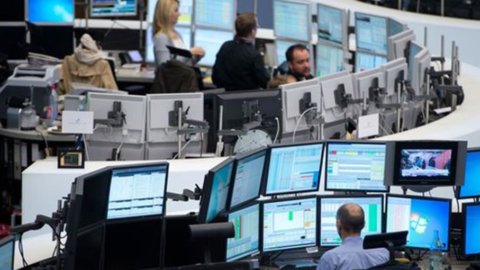This exhibition will bring the world of materials and techniques research to life. In recent years, scientists and restorers have subjected various works of art by Rembrandt to the latest analytical methods. This has often produced surprising and innovative results. Now visitors to this exhibition will be able to experience scientific methods and techniques for themselves, in the place where the works of art were made.
The focus is on Rembrandt's relationships and the role they played in his life and work, for even a great artist like Rembrandt was not a solitary genius. Like any good network, he actively and deliberately used his social network. He had family and friends who helped him, who bought his artwork, who lent him money and challenged him artistically.
Rembrandt's "social network" is explored through a number of key figures, such as his old friend Jan Lievens, connoisseur Jan Six, his savior Abraham Francen, artist friends such as Roelant Roghman and, of course, his wife's family , the Uylenburghs – his “blood relatives”. The paintings, drawings and prints, including Rembrandt's work that is rarely ever seen in the Netherlands, are striking in their informality.
The Rembrandt House is not just Rembrandt's old home and workshop; for over a century it was a museum with its own collection. The collection consists mainly of works on paper. Rembrandt's etchings are obviously well represented, but the museum also has prints by his predecessors and contemporaries, as well as modern and contemporary artists inspired by Rembrandt.
This exhibition will present the most notable examples of the museum's collection. Quite surprising the selection of old and new, big and small, fine and sketchy. There are works by artists such as Rembrandt, Hercules Segers, Edgar Degas and Pablo Picasso, as well as Horst Janssen, Willem den Ouden, Charles Donker and Glenn Brown.
How did Rembrandt make his paintings and etchings? And how do we go about investigating that today? In the fall of 2019, the museum will create a laboratory environment, in which the master's new insights and secrets will be revealed. Discover how a Rembrandt drawing has changed over the centuries, see what has been added to an etching by others, and consider the dilemmas of researchers and conservators.
This exhibition is made possible in part by financial support from the Prins Bernhard Cultuurfonds, Fonds 21, Stichting Zabawas and the Turing Foundation.





